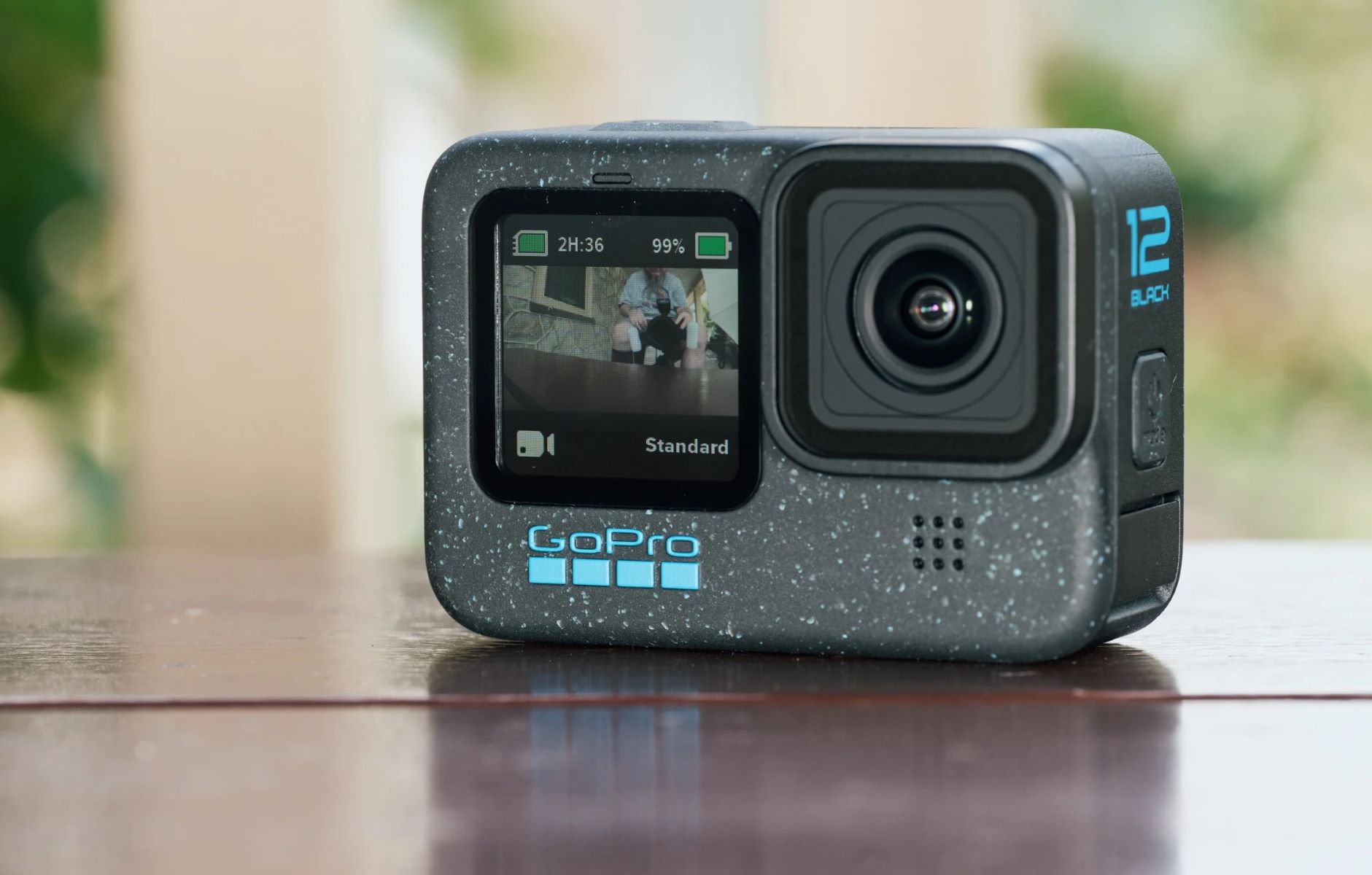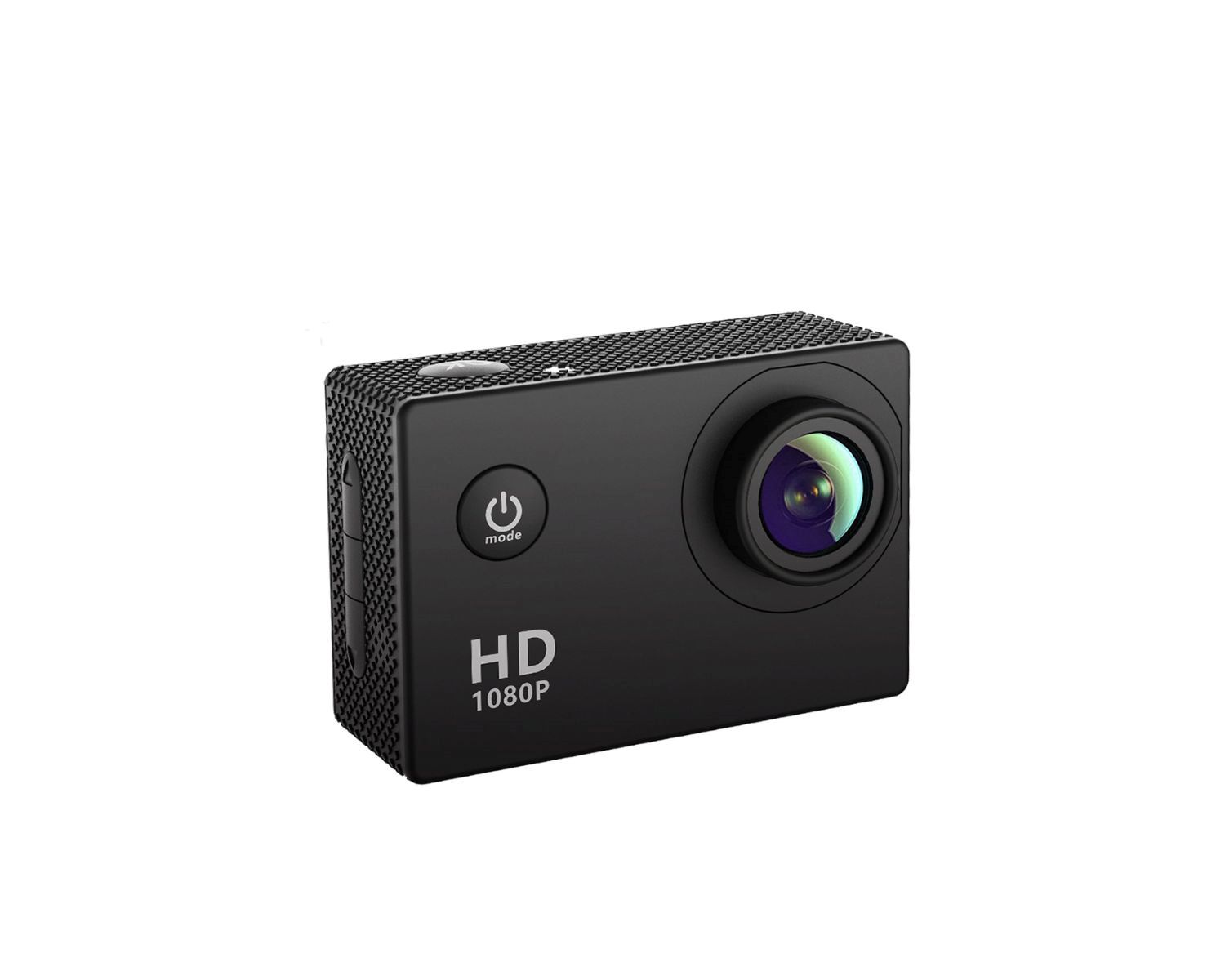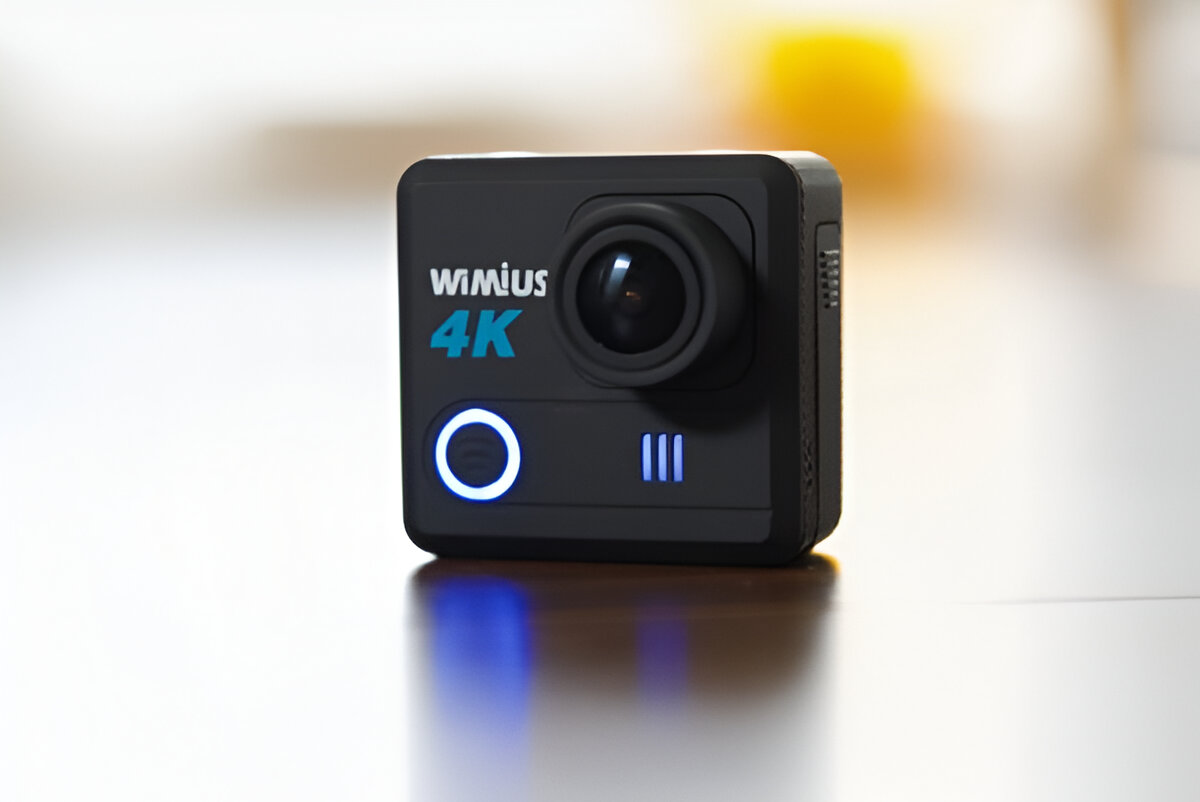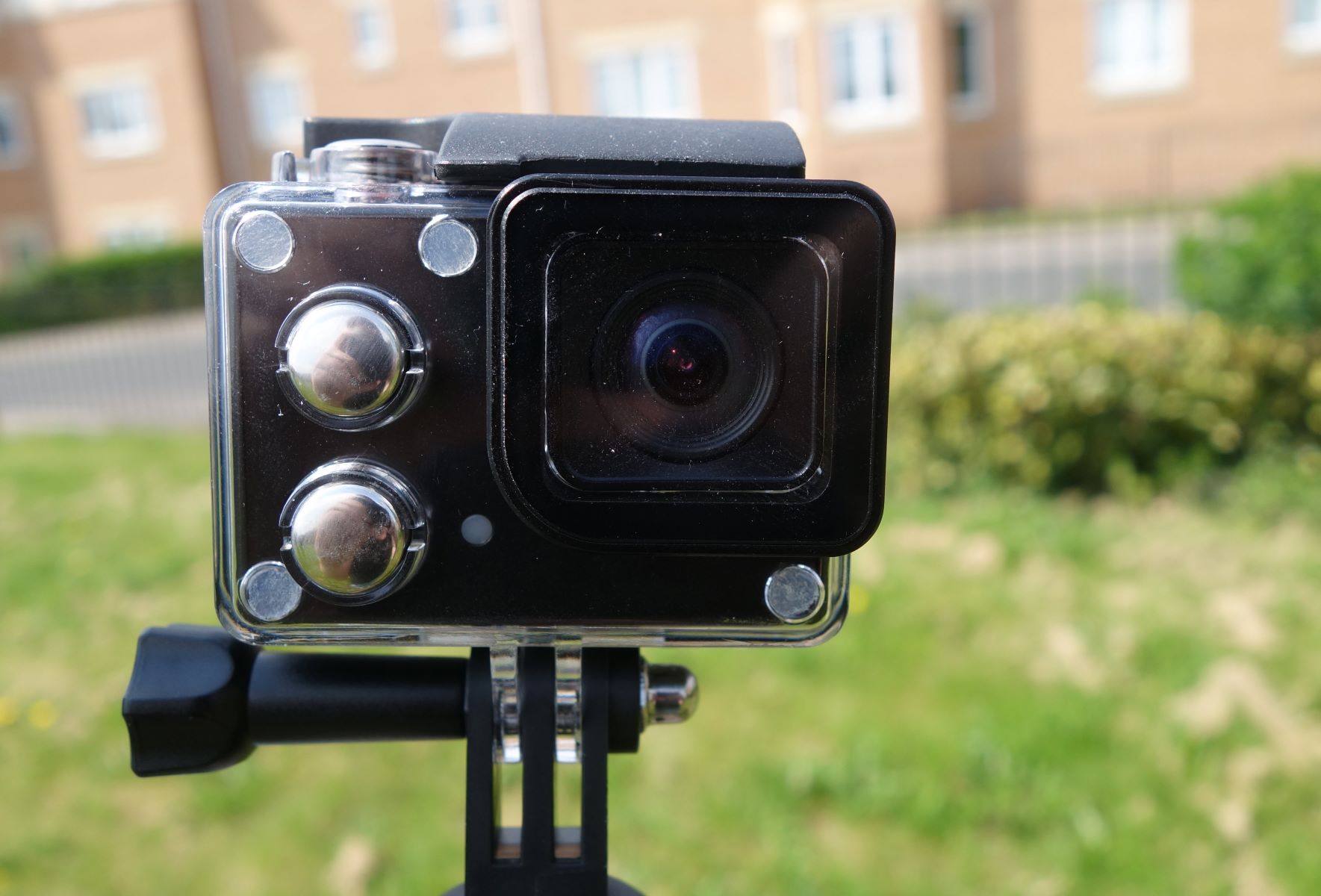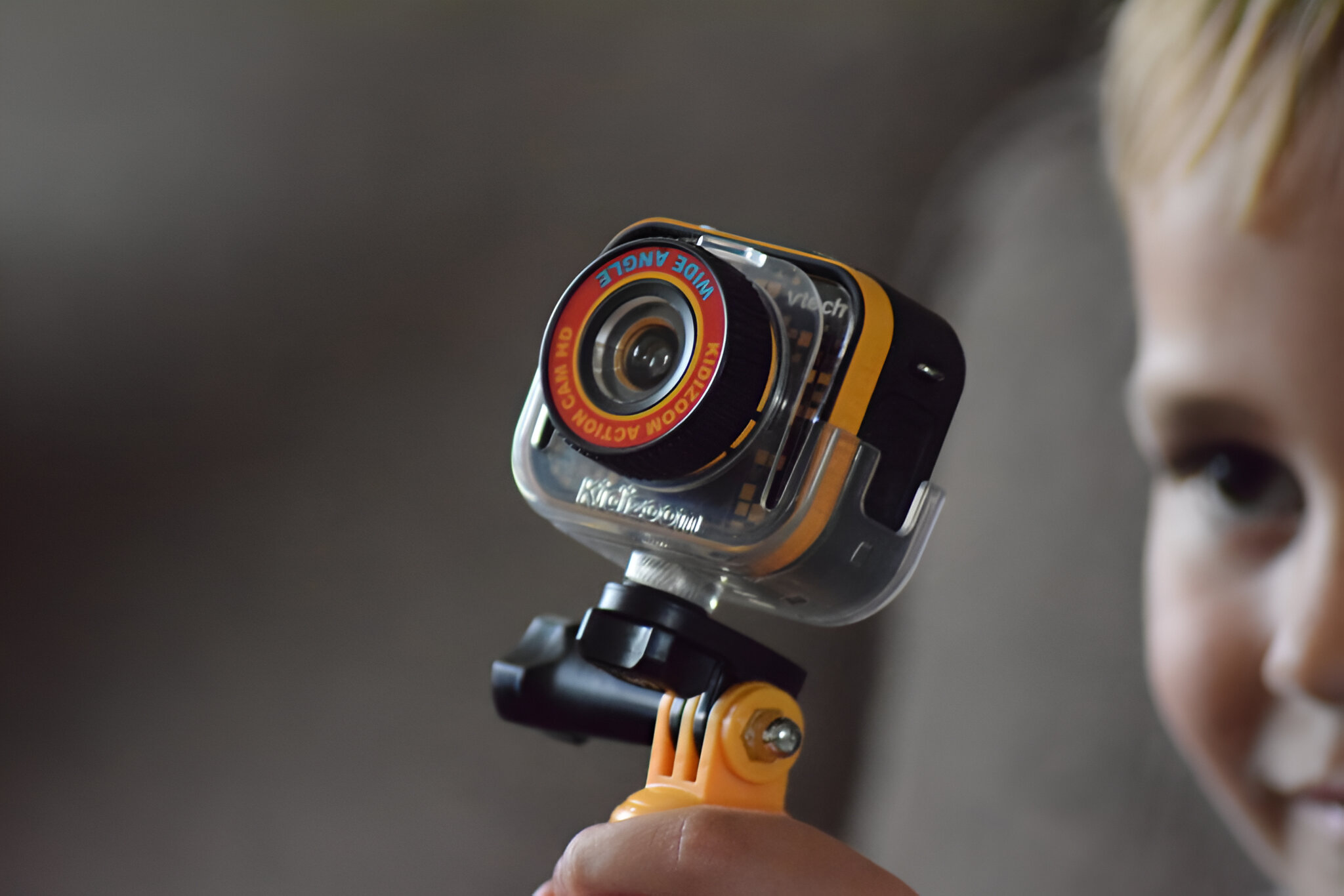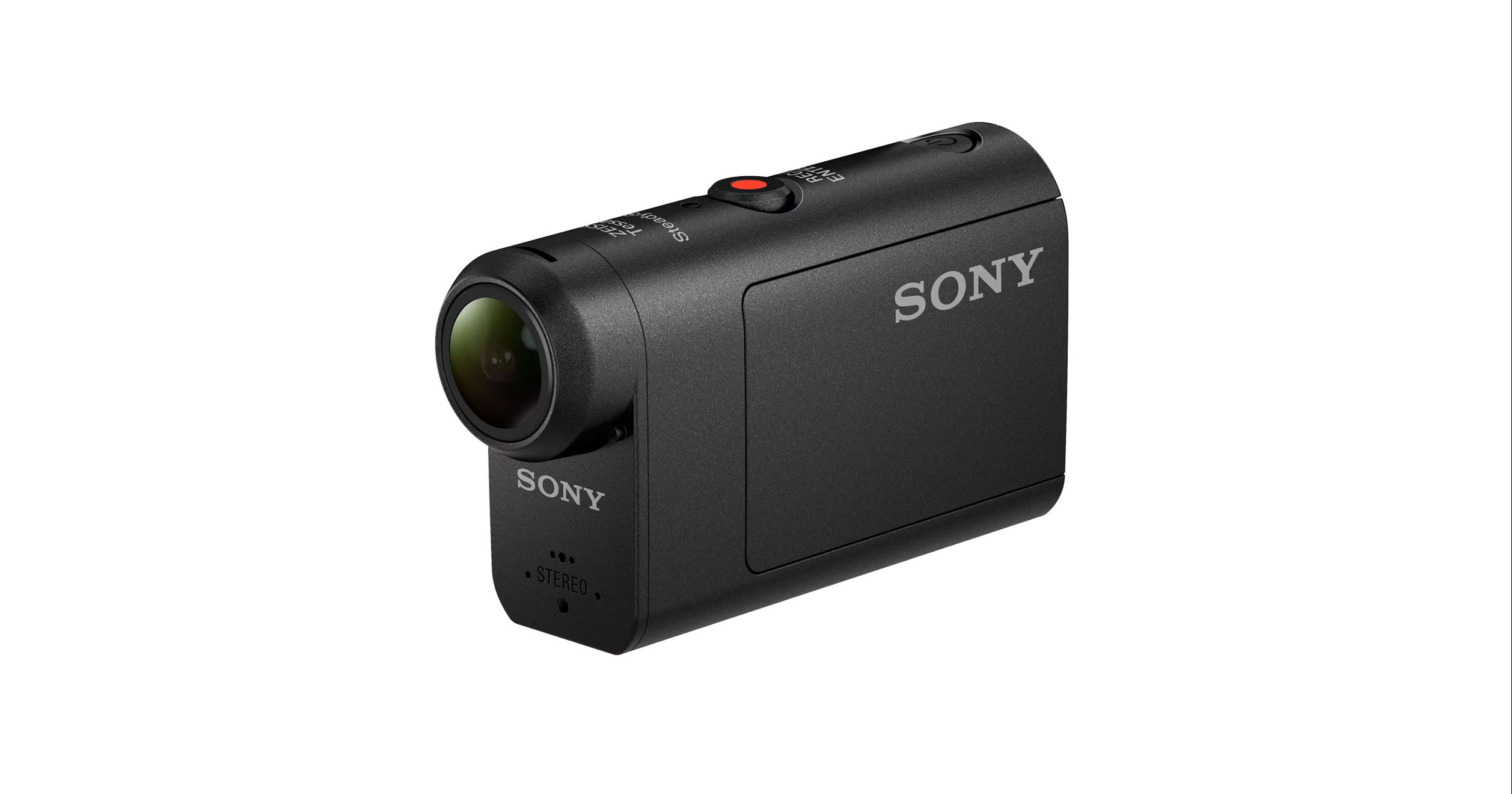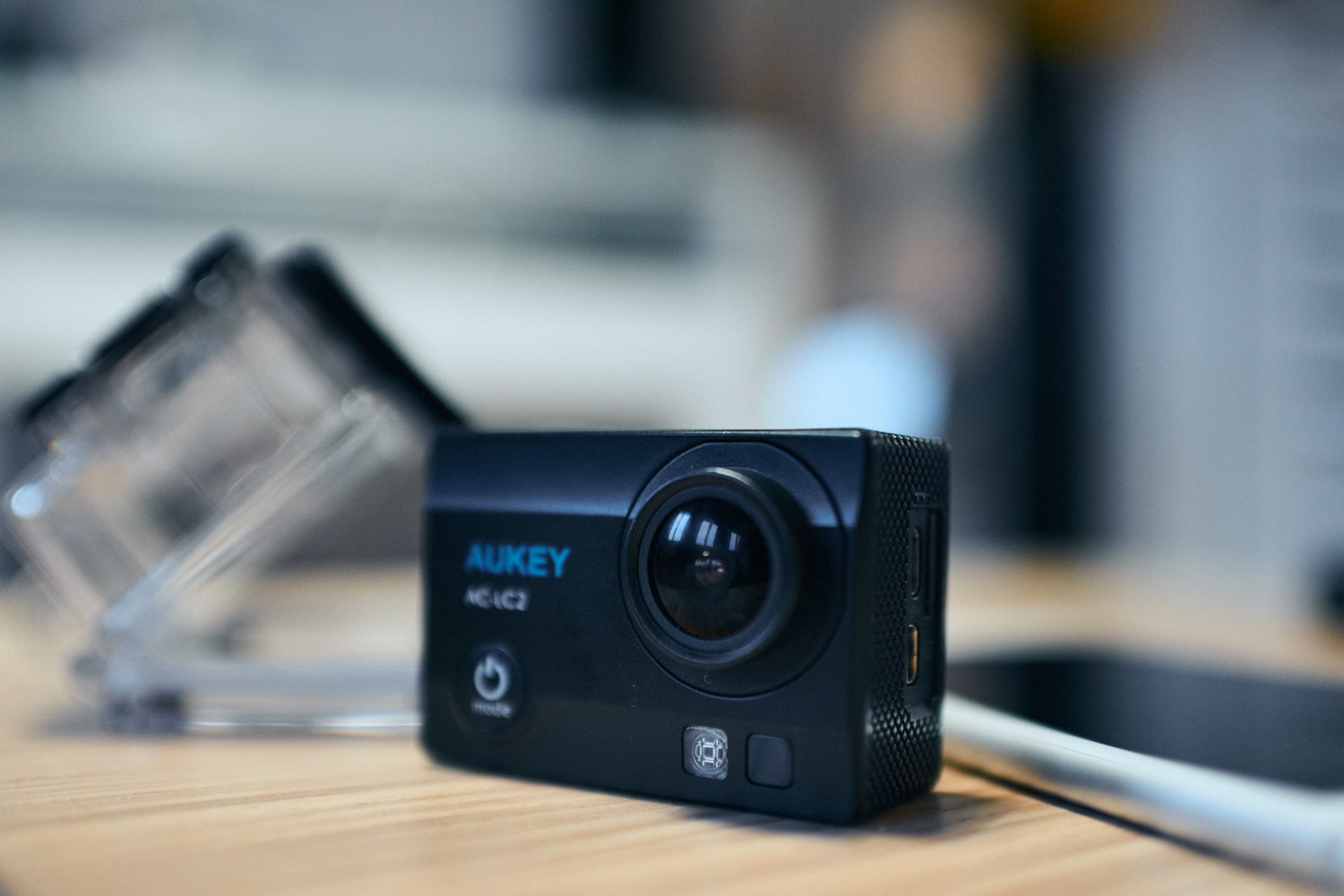Introduction
Are you ready to unleash the adrenaline-pumping footage captured by your action camera and transfer it to your Mac for editing and sharing? Whether you're a thrill-seeking adventurer, a passionate filmmaker, or simply someone who loves creating and sharing videos, this guide will walk you through the process of transferring video from your action camera to your Mac.
Action cameras have revolutionized the way we capture and relive our most exhilarating moments, from heart-racing outdoor adventures to heartwarming family gatherings. These compact and rugged devices enable us to record stunning high-definition videos in various settings, from mountainous terrains to underwater depths. Once you've captured these breathtaking moments, the next step is to transfer the footage to your Mac, where you can edit, enhance, and share your experiences with the world.
In this comprehensive guide, you'll learn how to seamlessly transfer your action camera videos to your Mac, allowing you to unleash your creativity and share your captivating stories. Whether you're an avid vlogger, a sports enthusiast, or a travel aficionado, mastering the art of transferring video files from your action camera to your Mac is essential for bringing your adventures to life on the screen. So, grab your action camera, fire up your Mac, and let's dive into the exhilarating world of video transfer and editing.
Step 1: Connect your action camera to your Mac
Before delving into the transfer process, the initial step is to establish a seamless connection between your action camera and your Mac. This can be accomplished through a few simple yet crucial steps:
- Check compatibility: Ensure that your action camera is compatible with Mac systems. Most modern action cameras are designed to be compatible with various operating systems, including macOS, but it's always wise to verify this compatibility before proceeding.
- Use the appropriate cable: Locate the USB or HDMI cable that came with your action camera. These cables are essential for establishing a direct connection between your camera and your Mac. If your Mac has a USB-C port, you may need an adapter to connect the camera.
- Power on your action camera: Switch on your action camera to initiate the connection process. Some action cameras require you to enable a specific mode, such as “PC Connect” or “Mass Storage,” to allow data transfer to your Mac.
- Connect the cable: Plug one end of the USB or HDMI cable into the respective port on your action camera and the other end into a compatible port on your Mac. Your Mac should recognize the connected device and prompt you with options for accessing the files.
- Establish the connection: Once the cable is connected, your action camera should appear as a removable storage device on your Mac. You can then access the video files stored on the camera and proceed with transferring them to your Mac.
By following these steps, you’ll establish a direct connection between your action camera and your Mac, paving the way for the seamless transfer of your captivating video footage. With the physical connection in place, you’re now ready to embark on the next phase of the process: importing the video files to your Mac.
Step 2: Importing the video files
Once your action camera is connected to your Mac, the next step is to import the video files from the camera to your Mac’s storage. This process involves accessing the camera’s storage, selecting the desired video files, and transferring them to a designated location on your Mac. Here’s how you can seamlessly import your action camera videos:
- Access the camera storage: Open the file explorer or Finder on your Mac and navigate to the connected action camera, which should appear as a removable storage device. You can typically access the camera’s files by clicking on its icon in the file explorer or Finder sidebar.
- Select the video files: Once inside the camera’s storage, locate the folder or directory containing your video files. These files are often stored within a designated folder, such as “DCIM” (Digital Camera Images) or a specific folder created by your action camera. Select the video files you wish to import to your Mac.
- Copy or drag the files: With the desired video files selected, you can either copy them to your Mac’s storage by right-clicking and choosing the “Copy” option, or simply drag the files from the camera’s storage to a location on your Mac, such as the desktop or a specific folder.
- Monitor the transfer: Depending on the file size and quantity, the transfer process may take some time. Monitor the progress of the file transfer to ensure that all selected video files are successfully imported to your Mac. Once the transfer is complete, you can disconnect your action camera from your Mac.
By following these steps, you’ll effectively import the video files from your action camera to your Mac, making them readily accessible for editing, organizing, and sharing. With your action camera footage now securely stored on your Mac, you’re primed to explore the next phase of the process: organizing your video files for seamless access and management.
Step 3: Organizing your video files
Organizing your video files on your Mac is essential for efficient access, seamless editing, and streamlined sharing. By categorizing and labeling your video files, you can easily locate specific footage, create compilations, and maintain a structured library of your action camera videos. Here are the key steps to effectively organize your video files:
- Create dedicated folders: Begin by creating dedicated folders on your Mac to store your action camera videos. You can categorize these folders based on criteria such as date, location, event, or specific activities captured in the footage. For example, you might create folders named “Outdoor Adventures,” “Family Vacations,” or “Extreme Sports.”
- Utilize descriptive file names: When saving individual video files, use descriptive and recognizable file names that convey the content of the footage. Incorporate keywords related to the video content, such as “Surfing in Hawaii,” “Hiking the Grand Canyon,” or “Snowboarding in Aspen,” to facilitate easy identification.
- Add metadata tags: Leverage your Mac’s built-in metadata tagging features to add descriptive tags to your video files. These tags can include details such as location, activity, participants, and any other relevant information that enhances the searchability and organization of your video library.
- Create playlists or albums: If your video editing software or media player supports playlist creation, consider organizing your video files into thematic playlists or albums. This approach allows you to group related videos together, making it convenient to access and showcase specific categories of footage.
- Implement a backup strategy: As a proactive measure, establish a reliable backup strategy for your organized video files. Consider utilizing cloud storage services, external hard drives, or dedicated backup software to safeguard your valuable footage against potential data loss or hardware failures.
By implementing these organizational strategies, you’ll create a well-structured and easily navigable repository of your action camera videos on your Mac. This organized approach sets the stage for seamless video editing, sharing, and preservation, empowering you to harness the full potential of your captured adventures. With your video library meticulously organized, you’re now poised to explore the final phase of the process: editing and sharing your captivating videos with the world.
Step 4: Editing and sharing your videos
Now that your action camera videos are securely stored and organized on your Mac, it’s time to unleash your creativity by editing and sharing your captivating footage. Video editing allows you to enhance and customize your videos, adding a personal touch and transforming raw footage into compelling visual stories. Here’s how you can embark on the process of editing and sharing your action camera videos:
- Choose a video editing software: Select a suitable video editing application for your Mac, such as iMovie, Final Cut Pro, Adobe Premiere Pro, or any other preferred editing software. These tools offer a range of features for editing, enhancing, and refining your video content.
- Import the video files: Within your chosen video editing software, import the desired action camera footage from your organized library. This step allows you to access and manipulate the videos within the editing environment.
- Trim and enhance the footage: Use the editing software’s features to trim excess footage, apply visual enhancements, adjust colors, add transitions, incorporate music or sound effects, and include text or captions to complement the storytelling aspect of your videos.
- Share your edited videos: Once you’ve finalized the editing process, you can export the edited videos in a suitable format and share them with your desired audience. Whether you’re uploading to social media platforms, creating a personal video blog, or compiling a highlight reel of your adventures, the sharing options are diverse and accessible.
- Engage with your audience: As you share your edited videos, engage with your audience by encouraging feedback, responding to comments, and leveraging the interactive nature of video sharing platforms. This interaction can foster a sense of community and inspire others to embark on their own adventures.
By embracing the art of video editing and sharing, you’ll breathe life into your action camera footage, transforming it into captivating visual narratives that resonate with viewers. Whether you’re documenting extreme sports exploits, immersive travel experiences, or cherished moments with loved ones, the process of editing and sharing your videos empowers you to amplify the impact of your adventures and inspire others to embark on their own memorable journeys.







